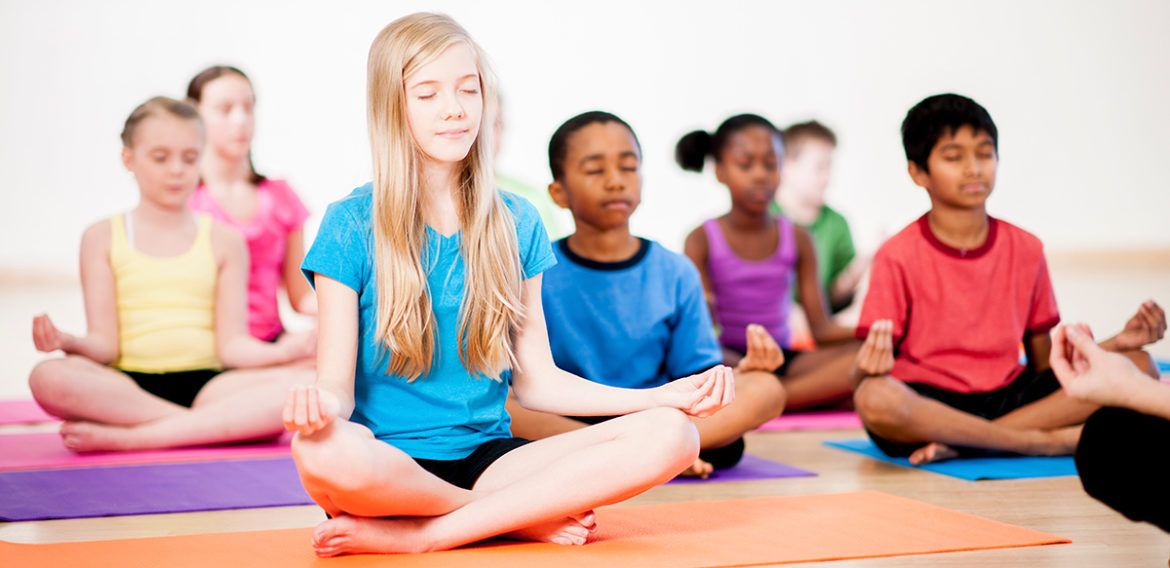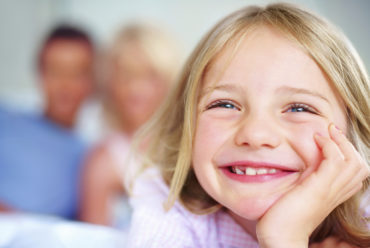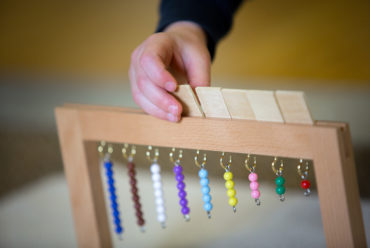Calm Bodies, Calm Minds
“Relax.”
“Calm down.”
“Just sit still.”
We live in a busy, fast-paced world where we constantly move from one thing to another. Most children don’t know what it feels like to truly calm down, relax, and just sit still, yet these are requests they hear so often. I believe taking time to explicitly teach breathing and mindfulness techniques to our youth and incorporating these practices into their daily life sets a foundation for their future, and the future of our society.
 Yoga pairs mindful breathing with physical postures. Simply put, yoga teaches us to slow down, notice what is happening in our bodies, and become present. Yoga does not need to be practiced in a hot room while you’re standing on your hands. It is for people of all ages and skill levels. That’s why I decided to bring yoga into my special education classroom. I can personally attest to the fact that big changes can happen in just 5-10 minutes with every child, every age group, every body type, and every personality, even while they’re sitting at a classroom table.
Yoga pairs mindful breathing with physical postures. Simply put, yoga teaches us to slow down, notice what is happening in our bodies, and become present. Yoga does not need to be practiced in a hot room while you’re standing on your hands. It is for people of all ages and skill levels. That’s why I decided to bring yoga into my special education classroom. I can personally attest to the fact that big changes can happen in just 5-10 minutes with every child, every age group, every body type, and every personality, even while they’re sitting at a classroom table.
The six students in my classroom are ‘exceptional,’ they have varying special needs and some fall under the autism spectrum disorder umbrella. My students, just like all of us from time to time, struggle to regulate their emotions, handle frustration, and calm down. Transitions tend to be more difficult. Schedule changes often lead to meltdowns. I wanted to help them find some sort of coping mechanism.
Teaching children to breathe deep, inhaling through the nose and exhaling through the mouth, helps them to quiet their mind, calm their nervous system, and reduce stress or anxiety. Yoga poses have fun names that children connect with and remember. Many of the children love to explore their own creativity and make up names for postures. The poses offer children an opportunity to physically move, follow directions, and improve their balance and flexibility. It offers children an opportunity to play and learn simultaneously in an environment that embraces their uniqueness and supports their strengths.
Since we began practicing yoga daily in September, I have seen great progress in my students’ ability to calm down, quiet their minds, tolerate change, and handle stress. One day in particular sticks out in my mind. My students were returning from Art class, a class they attend with their same-aged peers. They had a blast learning in a different setting, with a different teacher, and it is a nice break from the strict structure and routines in our classroom. Naturally, the students are louder and more excitable upon arriving to their usual setting, demonstrating behaviors that are less than ideal only to begin writing activities that are more difficult for my students. On this particular day, instead of jumping right into our usual groups, I decided to practice my own flexibility and take a few moments for deep breaths, and to calm down with my students. I decided we would practice yoga together. At their table, each student was instructed to put their hand on their belly, close their eyes, and we took three deep breaths together. They put their heads on their desk for “desk rest” and I played our quiet song. This is something they are able to do because we practice daily. It immediately got so quiet in my classroom that I could have heard a pin drop! When the song ended, the students were significantly calmer, less anxious, and ready to move on with the day.
Imagine a classroom, and world, full of calmer, confident, more mindful children. I know I am a calmer, more patient teacher when my students are calm and happy. It is worth taking 5 minutes out of instructional time to create a healthy environment for our students.
If you’re looking for a place to start, these are some of my favorite yoga books for children:
I Am Yoga by Susan Verde
I Am a Lion by Tae-Eun Yoo
Good Morning Yoga by Mariam Gates
ABCs of Yoga for Kids by Teresa Ann Power
Namaste,
Kelly











No Comments